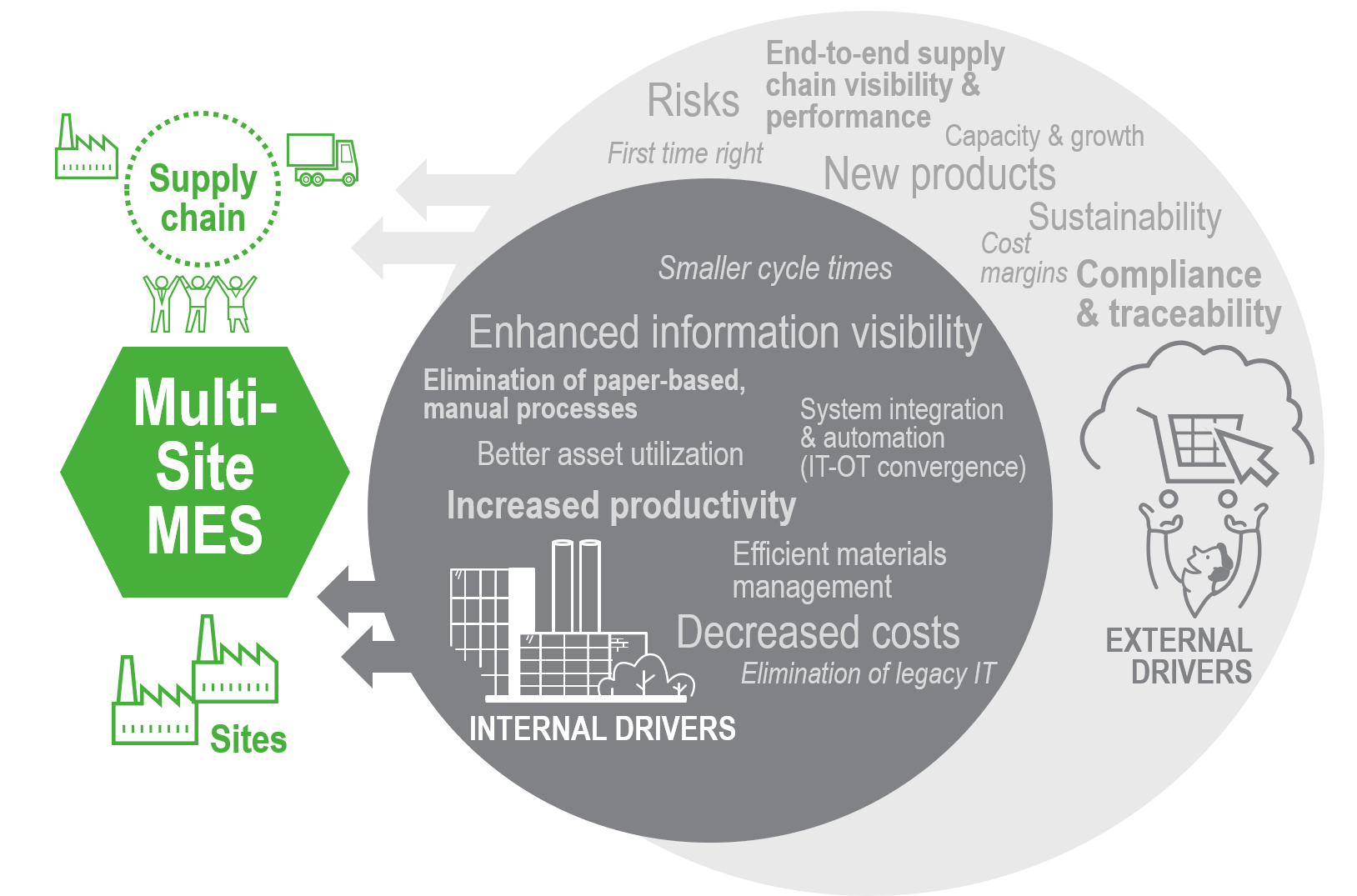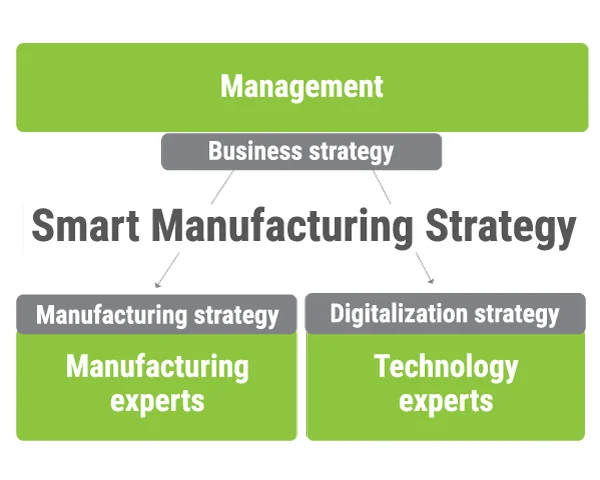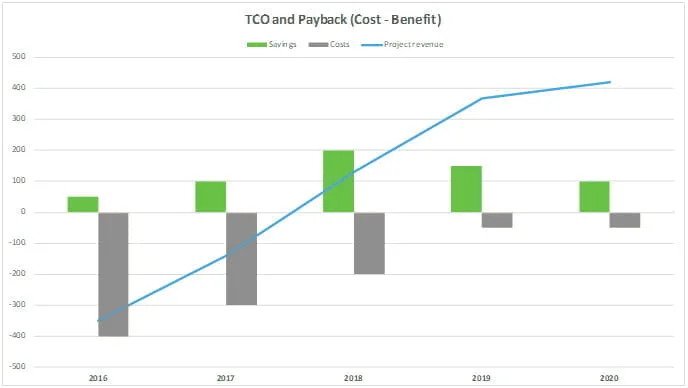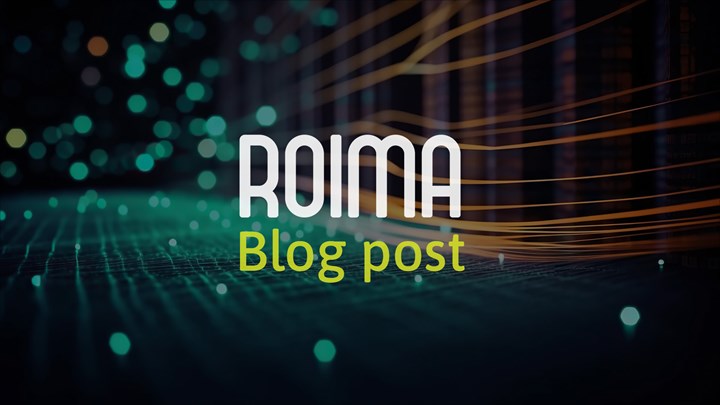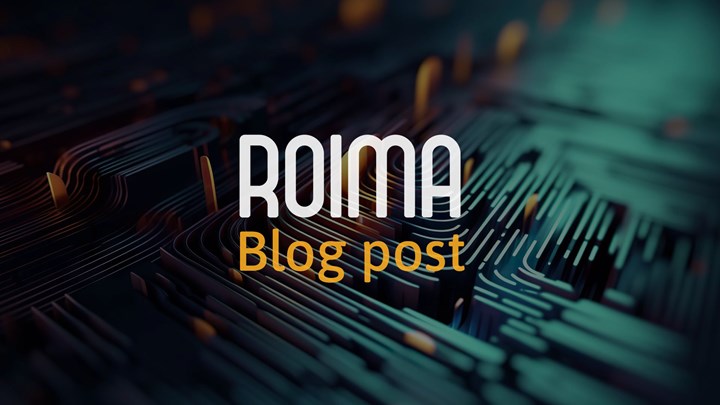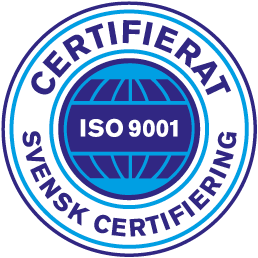Part III: Manufacturing IT Financials - Benefits, Costs, and Budgeting
The complexity of a Multi-Site MES reminds us that the more complex a system is, the harder it is to create a business case for it. The ways we introduced in our previous blog post for dealing with complexity also help in building a business case of a Multi-Site MES. To create a convincing business case, you need to focus, split, prioritize, and take shortcuts. Otherwise, instead of a Multi-Site MES, you will create a big Multi-Site MESS.
The purpose of this 5-part blog series is to offer you insights and perspectives that should be considered in order to succeed in a Multi-Site MES program. In this third part of our blog series, we are going to cover four key topics from the financial perspective:
- Drivers and business case
- Stakeholders and sponsorship
- Benefits and costs
- Return on investment and budgeting
To create a solid business case, the most important task is to identify and quantify the potential benefits of the system implementation and process changes.
Drivers and Business Case
Drivers for Business Performance and Multi-Site MES
For a multi-site manufacturing company, the key drivers of business performance are business goals and improvement targets. These drivers define the future state of the manufacturing company and also impact the decision to invest in a Multi-Site MES solution. A Multi-Site MES is a solution that affects multiple levels of a company from site level to corporate level and from production to supply chain, so it’s important to define the business performance drivers of each level.
In general, the drivers for business performance come from both inside the company (improvement targets) and outside the company (business goals). The company may have internal objectives, such as increasing productivity or asset utilization or improving information visibility. At the same time, further goals are set by external factors, such as changing consumer requirements and the demand for regulatory compliance. Both the external and internal drivers of a manufacturing company are usually driven by the business and manufacturing strategy.
In addition to the business drivers, it’s important to consider business values. It’s important to notice that a Multi-site MES always generates both hard values and soft values. Hard values are those that can be measured in money and calculated into a business case. Soft values, in turn, are values that cannot be quantified, such as business reliability to end customers or consumers, employee satisfaction, or company attractiveness to potential employees. It’s important to bear in mind that these soft values are equally important and may also generate business value that affects hard values (money).
How to create a business case for a Multi-Site MES?
The success of a Multi-Site MES Program requires a company-wide definition of a future state vision which drives the program and digital transformation. To create a solid business case, the most important task is to identify and quantify the potential benefits of the system implementation and process changes. Usually, this future state vision and drivers for the business case are a combination of the following:
- Problems in the current state and opportunities to improve the processes in manufacturing operations
- Key business drivers of financial impact to create competitiveness, grow business, or even maintain business
- Company strategy driving changes to mitigate possible risks or tap into new business opportunities
This future state definition and assessment is a crucial part of the program and should also be the initial step to address the financial function of an MES in a multi-site manufacturing company. We will be covering the future state assessment in future blog posts.
Stakeholder Identification and Sponsorship
Who, then, are the stakeholders of a Multi-Site MES Program? From the financial perspective, it is important to identify the key stakeholders in early stages of the program.
The answer depends largely on the scope of the processes involved but, in general, nearly everyone in an enterprise and in its network of customers and suppliers may be affected by Multi-Site MES implementation, including, for example:
- External parties: customers, suppliers, vendors, authorities, etc.
- Business: executives, plant managers
- Commercial functions: sales, marketing, customer service, etc.
- Administration: finance, controllers, HR, EH&S
- IT
- R&D
- Supply chain and operations: manufacturing, maintenance, production planning, material management, supply chain, logistics, process development, shop floor, automation, etc.
- Quality
In addition to identifying the key stakeholders, it is also crucial to ensure that the Multi-Site MES objectives are aligned with the company’s business, manufacturing, and IT strategy. Nowadays, this strategy can also be referred to as a Smart Manufacturing Strategy, which is a shared view of both management and the operational organization on future development.
Once the program objectives have been aligned with the company strategy (Business, Manufacturing, and IT), the program sponsorship needs to be defined. A good candidate to sponsor the program would be a manager whose personal goals the program best supports.
Benefits and Costs
How Does an MES Generate Benefits and Business Value?
The definition of benefits and business value is driven by the above-mentioned future state definition and planned changes in manufacturing operations and its processes. The future state definition also helps in identifying and estimating the possible benefits and business impact of a Multi-Site MES. After the issues, drivers, and the needed changes have been identified, the next step is to determine the business impact.
The exact business impact of a Multi-Site MES needs to be defined more precisely, and creating this definition should be a collaborative effort among different stakeholders – from supply chain and operations to finance, and possibly sales and marketing also. Here as well, it’s important to remember that in addition to financial benefits, there are also qualitative benefits that cannot be quantified in financial terms. In general, the benefits and business value of an MES can be divided into four main categories:
- Increased revenue
- Reduced costs
- Reduced risks
- Qualitative (non-quantifiable) benefits
For each of these categories, there are many measurements which can be defined as business case items for an MES and the business case always depends on the situation of the manufacturing company and the scope of the whole system. Because each MES implementation is unique and the manufacturing environments are different, there is no exact definition of what the benefits and business value created by an MES are. However, here are some examples for each category:
- Increased revenue: throughput increase, cycle time reduction, NPI
- Reduced costs: labor, materials, energy
- Reduced risks: legacy systems, interfaces, non-compliance, customer recalls
- Qualitative benefits: information visibility, faster decision making, knowledge capturing, employee and customer satisfaction
Moreover, each business case item should be defined in more detail by answering to these questions:
- Who owns the business case?
- What is the estimated business value?
- How can the business value be achieved and what changes are needed?
- Who are the owners of each business value?
- How will the business values be measured?
- When will the business value become concrete?
What Are the Cost Components of a Multi-Site MES?
To achieve the estimated business value of an MES investment, there is always a cost for implementing the system and needed changes. Many of these costs can be estimated or calculated in advance. The typical costs of a system implementation apply to Multi-Site MES programs as well:
- Hardware for servers, workstations, tablets, barcode readers, etc.
- Software for servers, workstations, MES, interfaces, etc.
- Internal work for planning, design, change management, trainings, master data changes, etc.
- Services / consulting work for MES and other vendors
- Other costs outside of MES: needed changes to other systems or needed instrumentation: ERP, PLM, WMS, maintenance, automation equipment, etc.
- Risk management
- Future software updates, improvements, and system changes
Total Cost of Ownership (TCO) is a typical way to determine the real total cost of an IT investment, throughout the investment lifecycle. Nowadays, TCO is typically calculated for a 3–5-year horizon and it should include the annual costs before the investment (planning), startup costs (development and deployment), and the costs of maintaining the system over the defined planning cycle (support). In addition to the implementation costs, it’s also important to estimate and include the costs of possible future changes to the system (software updates, changes, and improvements). A Multi-Site MES should be able to grow and adapt to new business needs and changes.
The cost calculation is not an easy task and it’s usually over-optimistic. In early stages of the program, the cost estimation is based on best guesses and estimations, and as the system implementation progresses, the knowledge of the costs becomes more accurate. The total lifecycle costs of a Multi-Site MES are strongly dependent on the technical capabilities of the selected MES platform and the capabilities of the software vendors and system integrators involved. We will be covering the topics of platform and vendor selection in our upcoming blog posts.
Return on Investment and Budgeting
Phased Business Case Approach
When building ROI for a Multi-Site MES, more is not better. This means that for maximum ROI, the whole program should be based on incremental efforts, consisting of smaller phases that each create business value – as opposed to having a massive project with high costs and significant risks of production disruptions. The phased approach should include phases for design, piloting, development, deployment rollouts, and support.
This approach makes the whole MES system a whole lot easier to manage, also from the financial perspective:
- Easier to build support for the solution
- Less complexity
- Improved project control
- Immediate benefits
- More predictable costs
This incremental and phased approach adds flexibility and manageability and, moreover, makes it easier to calculate the potential benefits, costs, and payback for the whole program. It also decreases the complexity of the system (see our previous blog post for further discussion on complexity) and enables continuous improvement.
There is a good reason why we don’t want to buy our children a horse when we can buy them a kitten. A kitten is much easier to handle than the huge, expensive, and demanding project that a horse would be.
When the benefits of the MES solution have been defined and costs for implementation calculated, a cost-benefit analysis can be done. There are multiple ways to do the analysis, depending on company policies and culture and the total scope the needed analysis. We have listed some of the most important methods below, but others also exist.
- Payback period
Definition by Investopedia:
The payback period refers to the amount of time it takes to recover the cost of an investment. Simply put, the payback period is the length of time an investment reaches a breakeven point.
- Net present value (NPV)
Definition by Investopedia:
NPV is the difference between the present value of cash inflows and the present value of cash outflows over a period of time. NPV is used in capital budgeting and investment planning to analyze the profitability of a projected investment or project.
- Internal rate of return (IRR)
Definition by Investopedia:
The internal rate of return (IRR) is a metric used in capital budgeting to estimate the profitability of potential investments. The internal rate of return is a discount rate that makes the net present value (NPV) of all cash flows from a particular project equal to zero. IRR calculations rely on the same formula as NPV does.
How to Master Multi-Site MES Budgeting?
As mentioned earlier, the whole MES program should be planned carefully where the business value, costs, and implementation phases go hand-in-hand. A Multi-Site MES program is always a multi-year project, which means the budgeting should be based on the planned activities and the ROI analysis on the planned project phases to be executed. Budgeting and a ROI analysis are a crucial part of the Multi-Site MES justification process, affecting multiple stakeholders and deriving from the manufacturing process itself. Therefore, a lot of effort should be put into them. Organizational support and sponsorship are vital to Multi-Site MES program success and need to exist also before the definition of ROI.
The basic principle for budgeting is that it should be based on things that can be measured and monitored. An accurate budget for a Multi-Site MES program is created after the investment has been approved and should be further finetuned after the vendor and platform selection. If there is anyone with experience of budgeting in a multi-site environment, MES programs, or similar projects, it’s best to involve them in the budgeting process, as otherwise there’s a risk that the budget might end up being overly optimistic. If the company doesn’t have a strong background in budgeting processes or Multi-Site MES programs, using external expertise is also recommended. In any case, the selected vendor should be involved in finetuning the program budget.
For a Multi-Site MES, the budget elements usually are roughly the following, based on the previously mentioned phased approach:
- Implementing templates for selected functions for the pilot site
- Pilot site
- Rollouts for other sites and possible template adjustments
- Building up support functions and organization
- Implementing additional templates and/or functionalities
- Rollouts for all sites
A Multi-Site budget is mainly based on estimates and assumptions, and as the program progresses, there will most likely be both small and big changes – some necessary and some perhaps not. Moreover, the complexity of a Multi-Site MES may come as a surprise, and errors might be repeated or needed changes realized in pilot or rollout phases. These changes will surely also affect the program budget. The crucial elements for the program to stay on budget are a phased approach, scope/change management, and project/risk management.
Conclusions
A Multi-Site MES is a complex system that affects multiple stakeholders and processes of a manufacturing company. Therefore, defining the financials for the program implementation of this type of a system is also complex and calls for a certain type of approach to succeed.
In conclusion, the key elements of a successful Multi-Site MES program from the financial point of view are:
- Linked and aligned with company strategy: business, manufacturing, and digitalization
- Responsible executive sponsorship and a dedicated team
- Business-driven, phased approach
- Good program management: scope, changes, risks, etc.
- Reliable and measurable cost-benefit analysis and ROI calculation
- 1
- Total: 4
-
Part II: Complexity of Running a Technology
Part II: Complexity of Running a Technology Program in a Multi-Site Manufacturing Environment
Content type: Blog -
Part V: Manufacturing Operations Maturity: Current and
Part V: Manufacturing Operations Maturity: Current and Target State Definitions as Part of a Multi-Site MES Program
Content type: Blog
- 1
- Total: 4




